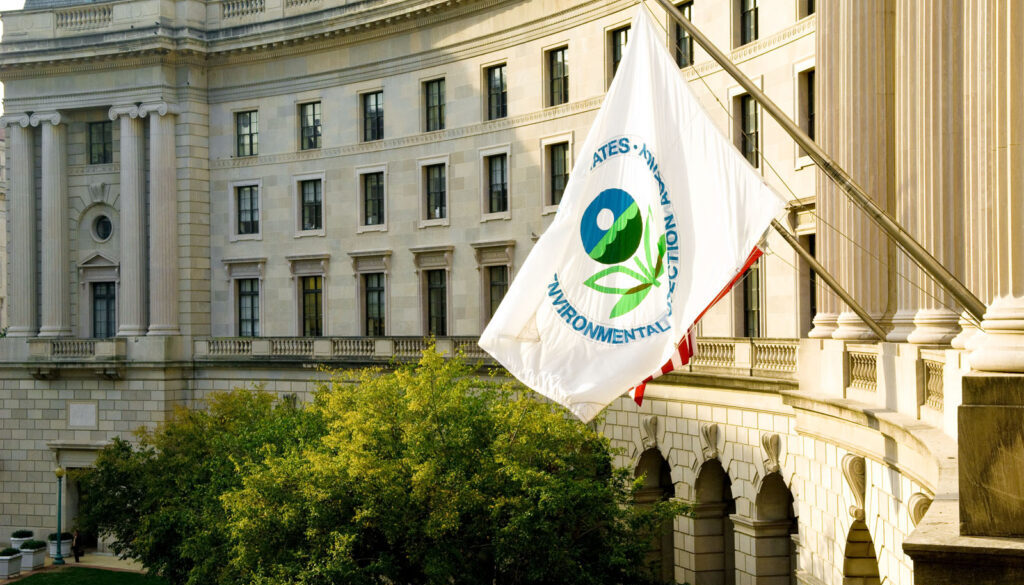EPA announces $250 million for states, local communities to fight climate pollution
The Biden administration announced Wednesday that is offering $250 million in grants for states, cities, tribes, and territories to further US goals of cutting greenhouse gas emissions, promoting clean energy, and supporting environmental justice.
The grants, which will be administered through the US Environmental Protection Agency (EPA), mark the first wave of funding for states and local communities from the $5 billion Climate Pollution Reduction Grants (CPRG) program, a part of the Inflation Reduction Act. Later this year, EPA plans to announce $4.6 billion in competitive grants to implement projects that recipients begin planning now.
“The climate and clean energy investments in [the Inflation Reduction Act] will drive, and in fact are already driving, new economic growth and creating good, high-paying jobs by reinvigorating American manufacturing, strengthening our clean energy supply chains, and building a clean energy future that will benefit all of us,” Kristina Costa, a deputy assistant to the president, said at at a press briefing.
States, the District of Columbia, and Puerto Rico will be eligible to receive as much as $3 million in climate planning grants. The 67 most heavily populated US metropolitan areas will each be eligible for $1 million in grants, while the territories of Guam, American Samoa, US Virgin Islands, and the Northern Mariana Islands are each eligible for up $500,000 and tribes are eligible for a total of $25 million.
“We know that eligible states, local governments, territories, and tribes are at different starting points in planning to address the challenges and opportunities posed by climate change,” Janet McCabe, EPA deputy administrator, said at the briefing. “This funding can be used to start work on a brand-new plan or to enhance work on an existing plan.”
These plans could include greenhouse gas emissions inventories, emissions projections and reduction targets, meeting workforce needs to support decarbonization and clean energy efforts, and strategies for leveraging other sources of federal funding.
The EPA wants recipients to prioritize environmental justice efforts that support low-income and disadvantaged communities, McCabe said.
The grants provide an “historic opportunity,” according to Regina Romero, mayor of Tucson, Arizona, – the third-fastest-warming city in the US.
“Every city and town in this country is feeling the effects of our changing climate, from snow in LA, to 100 year floods in St Louis, to massive hurricanes in Florida, to here in Arizona, where we have a 22 year drought,” said Romero.
Tucson has already developed a climate action and adaptation plan, with a goal to become entirely carbon neutral by 2045. IRA funding will help the city scale up its greenhouse gas reduction strategy, Romero said.
In New Jersey, the money is expected to help advance a plan to cut greenhouse gas emissions 50% by 2030.
“I believe we will see a good mix of both red-leaning and blue-leaning states taking advantage of this opportunity,” said Warren Leon, executive director of Clean Energy States Alliance. “I think a large number of states will feel that they have an incentive to plan for reducing climate emissions.”
(Featured Image: US EPA headquarters in Washington, DC. Photo By US EPA. Public Domain, via Wikimedia Commons.)
 EWG
EWG


